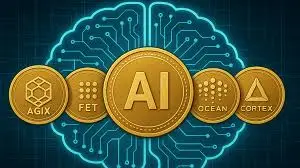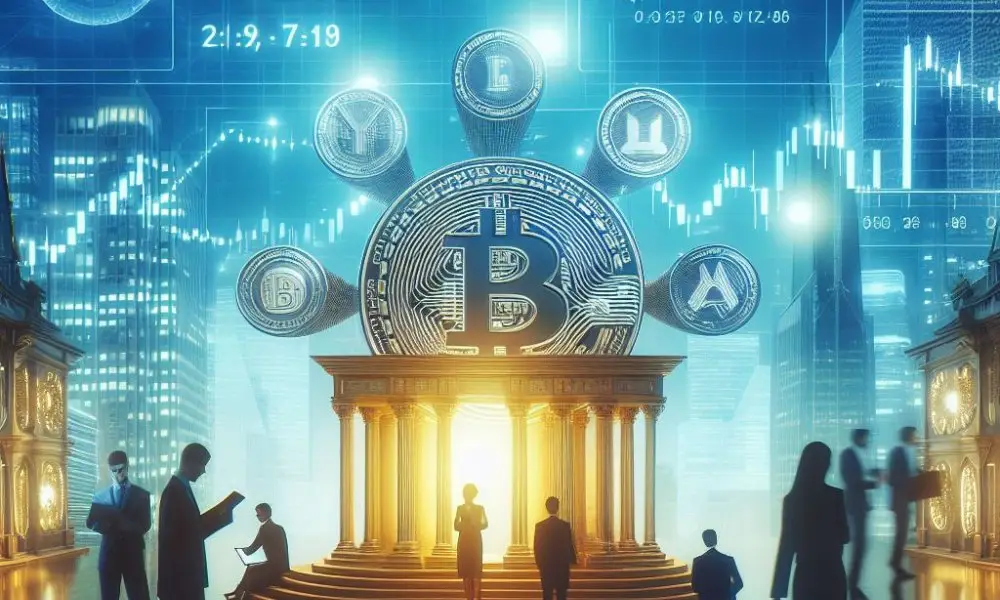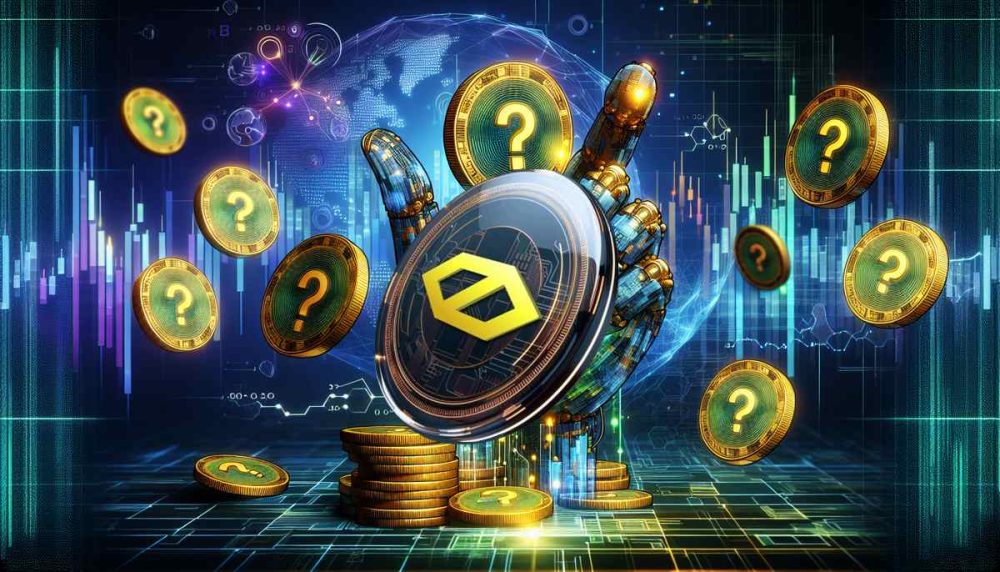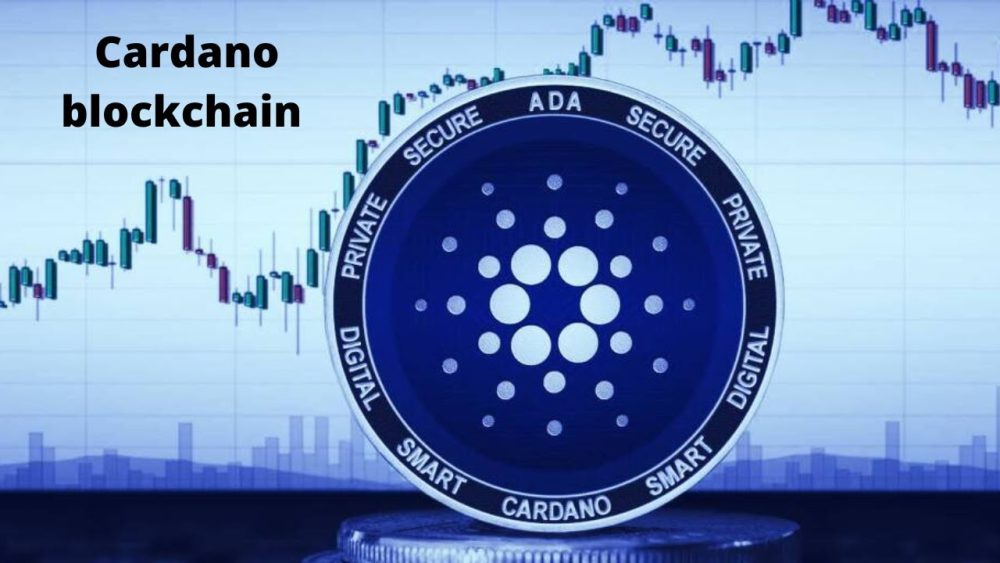The crypto market is creating new trends, where innovation is not limited, but synergistic. Cryptocurrencies with AI are the integration of decentralised logic and learning systems. Algorithms that work with data gain access to a cryptographically secured environment, where automation, incentives and calculations are implemented through tokenisation. The combination of AI and blockchain eliminates bottlenecks in data management, reduces dependence on centralised platforms and activates the self-regulation mechanism.
AI cryptocurrencies: what are they?
AI cryptocurrencies are digital assets that function within ecosystems in which AI is not a supplement but the core. These solutions are based on the following key elements:
- a machine learning model that works with real-time input data;
- blockchain infrastructure that guarantees access, transparency and immutability;
- smart contracts that control the execution of logic;
- AI tokens that distribute resources, manage taxation and reward actions.
This structure enables users to obtain services based on big data analysis without disclosing personal information. For example, a system that assesses creditworthiness based on transactions and behaviour generates recommendations without the intervention of the bank. AI cryptocurrencies are a mechanism whereby a neural network makes a decision and a smart contract executes it.
Principles: functions and incentives of AI tokens
 AI tokens are not just a unit of calculation. They activate computing power, encourage users to share data, and provide access to analytical modules. In addition, each token serves as a pass and a means of control. In these systems, token holders participate in voting, influence development priorities, and set the rules for training the models.
AI tokens are not just a unit of calculation. They activate computing power, encourage users to share data, and provide access to analytical modules. In addition, each token serves as a pass and a means of control. In these systems, token holders participate in voting, influence development priorities, and set the rules for training the models.
Functions of AI tokens:
- payment for calculations: loading the model, starting the analysis process;
- access to data: purchase or rental of training sets;
- incentives: rewards for providing training samples;
- management: right to make decisions through DAO mechanisms.
AI cryptocurrencies are not just an algorithm and a token, but a functional layer that connects participants through mathematical rules. Example: a platform that analyses medical images awards tokens to radiologists for verifying recognised areas. The model learns, the system is perfected, and the tokens are distributed.
Architecture
AI-based cryptocurrencies form a new layer in the blockchain infrastructure. Unlike conventional cryptocurrencies, the blockchain here offers not just a financial transaction, but a cycle: collecting, analysing and concluding. For example, a tokenised system can collect user opinions, classify the tone using the BERT model, merge the results and activate trading signals.
Each phase involves:
- loading source data via oracles or APIs;
- analysis based on an AI model;
- creating a record in the blockchain about the decision made;
- activating the smart contract.
It is precisely blockchain technology that converts the result of the AI into a registered, transparent and reproducible action. This approach protects against falsification and makes it possible to demonstrate that the conclusion was drawn by a model and not by a human being. AI-based cryptocurrencies are a system in which every calculation is confirmed and every transaction is justified.
Scenarios: practical examples
AI-based cryptocurrencies activate dozens of areas where speed, accuracy, decentralisation and data protection are important:
- AI-based diagnosis: recognition of patterns in medical images, payment based on accuracy.
- Predictive trading: prediction of price movements based on analysis of the information context.
- Personalised advertising: distribution of impressions via trained algorithms that protect privacy.
- Content moderation: evaluation of texts and images to check whether they comply with community standards.
- Logistics automation: real-time optimisation of routes and storage.
- Diploma verification: verification of educational data via a neural network and a smart contract.
- Demand management in the energy sector: dynamic adjustment of energy distribution in networks.
- Voice interfaces: activation of services through commands and subsequent control.
- Sensor data monitoring: analysis of and response to changes in indicators.
- Feedback in education: adaptation of educational platforms to the student’s profile.
Each example shows that AI cryptocurrencies are operational platforms, not abstract ideas. The level of implementation does not depend on the maturity of the market, but on the willingness to change the old architecture.
Prospects: growth, demand, potential
AI-based cryptocurrencies are showing strong growth. The reason for this is a combination of two trends: the expansion of decentralisation and increasing trust in AI. It is expected that by 2027, these solutions will account for more than 10% of the total volume of cryptocurrencies. At the same time, the main spread will take place in areas where data is highly sensitive: healthcare, security and education.
The future of AI tokens depends on the ability to ensure scalability and efficiency in mass use. Second-level technologies, channels, independent oracles and dynamic models will become mandatory elements. Hybrid blockchains will appear that simultaneously store, analyse and respond. AI cryptocurrencies are a trend that does not create a market, but an architecture. They extend the functions of the token to the infrastructure level, where the code controls and protects the logic.
Advantages and disadvantages of AI cryptocurrencies
AI-based cryptocurrencies open up new horizons, but they are not free from technical and conceptual limitations.
Advantages:
- integration of analysis and action into a single structure;
- protection of personal data at the architectural level;
- automation of management and decision-making;
- creation of incentives to improve models through tokens;
- possibility of independent confirmation of the conclusion.
Disadvantages:
- high development complexity;
- risk of errors when training the models;
- limitation of computing power in decentralisation;
- difficulties in explaining the conclusion to the user;
- need for strict control of input data.
AI cryptocurrencies are platforms, networks and services
The AI cryptocurrency system includes platforms that provide tools, networks that provide calculations, and services that convert data into results. The architecture is based on flexible access to resources:
- The platform activates learning, performs evaluation, and scales the model.
- The network distributes the task among the nodes and records the answer.
- The service provides the user with the result and the interface.
The interaction between the participants takes place without intermediaries. Management is formed by DAO and development depends on community participation.
Conclusion
 AI-based cryptocurrencies represent a transformation of the rules governing interaction with data, services and the economy. They combine calculations and tokenisation, giving rise to new forms of automated trust. At the same time, technological maturity requires responsibility and calculation. The most important asset is not the token, but the architecture, which is capable of learning, adapting and scaling without intervention. AI-based cryptocurrencies do not make promises, but deliver on their promises through algorithms, contracts, blocks and tokens. The future lies not in theory, but in action.
AI-based cryptocurrencies represent a transformation of the rules governing interaction with data, services and the economy. They combine calculations and tokenisation, giving rise to new forms of automated trust. At the same time, technological maturity requires responsibility and calculation. The most important asset is not the token, but the architecture, which is capable of learning, adapting and scaling without intervention. AI-based cryptocurrencies do not make promises, but deliver on their promises through algorithms, contracts, blocks and tokens. The future lies not in theory, but in action.
 en
en  ru
ru  de
de  ar
ar  es
es  nl
nl  hi
hi  fr
fr  it
it  pt
pt  el
el 










